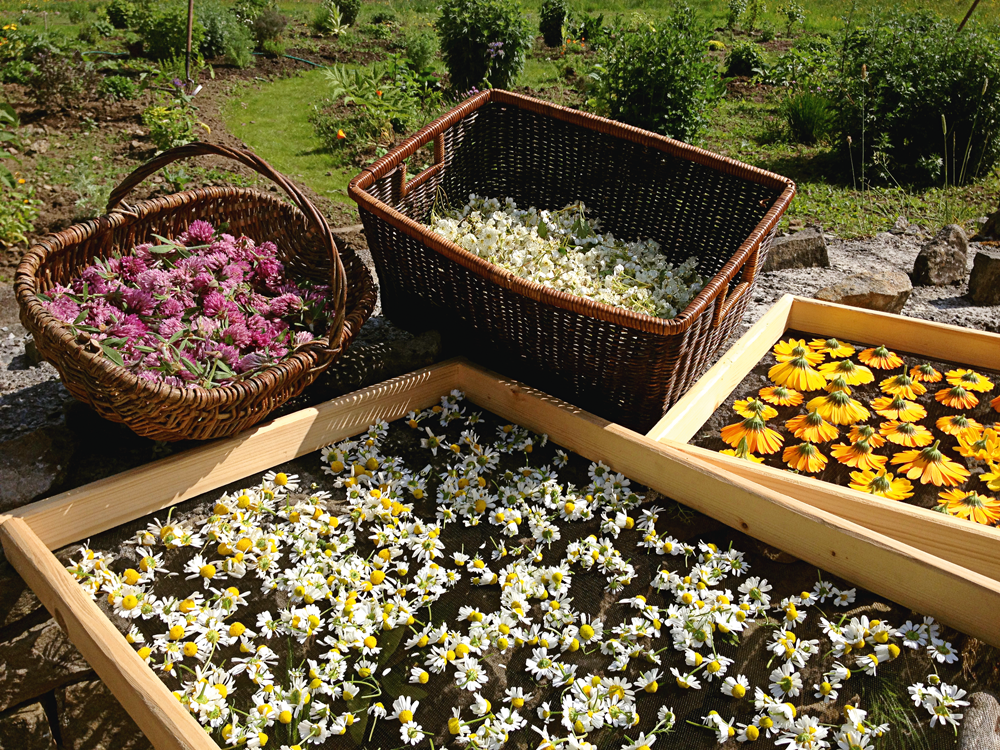Saffron, which comes from the stigmas of the delicate Crocus sativus flower, has a long history in traditional healing and as a culinary spice.
Cultivation and use of saffron dates back more than 3,500 years. Historical texts suggest Cleopatra, used saffron in her baths for its cosmetic properties. Egyptian healers used this spice for treating gastrointestinal ailments, and the Romans used it as a deodorizer.
However, in modern times its health properties have attracted considerable scientific interest. Chief among them are studies on its uplifting and antidepressant activity, trials on relieving symptoms of premenstrual syndrome and research into enhancing cognitive ability.
There are three main bioactive compounds in saffron: safranal - a major component responsible for its unique aroma, picrocrocin - responsible for saffron’s bitter taste and crocin - the coloured compound.
Did you know crocus sativus is native to Southwest Asia, but the most-prized saffron is cultivated in Iran? The flowers usually produce three stigmas which are gently hand-harvested in October, farm workers then carefully separate these rust red strands from the petals. It is this labour-intensive harvest that is responsible for its costly reputation. Indeed, weight-for-weight, saffron is more expensive than gold.
So, there is a lot more to this vibrant ancient spice than meets the eye.
Saffron is ethical vitamin company Viridian Nutrition’s Ingredient of the Year 2018.
*Sponsored post





